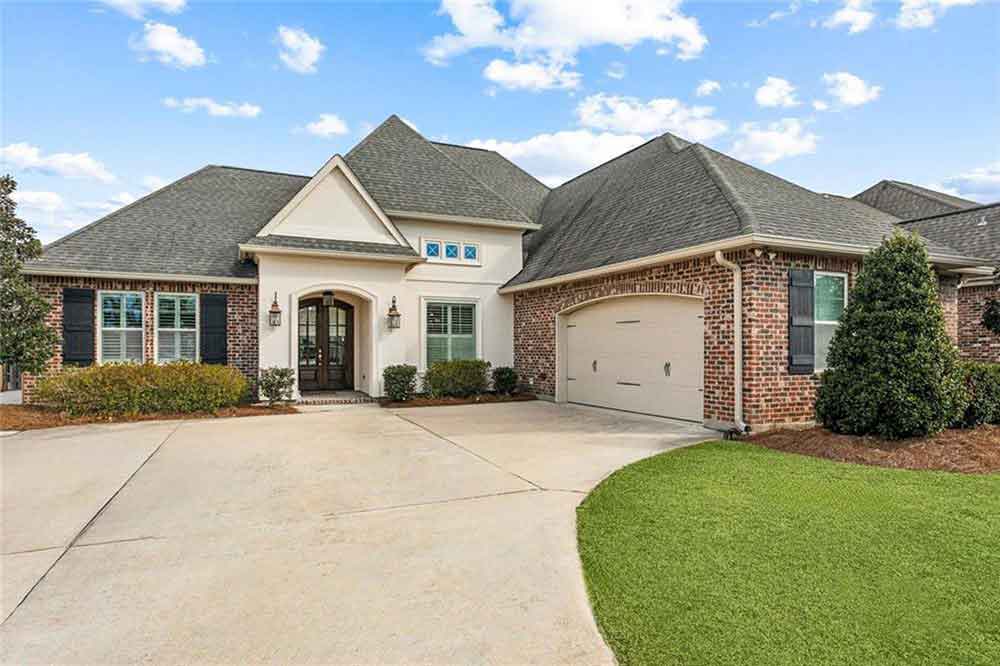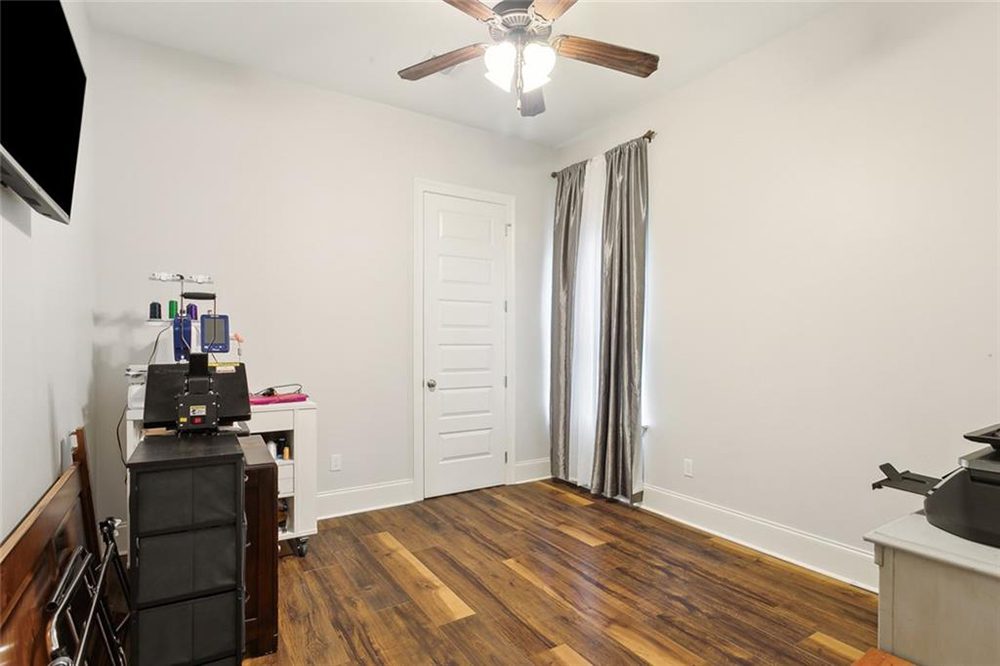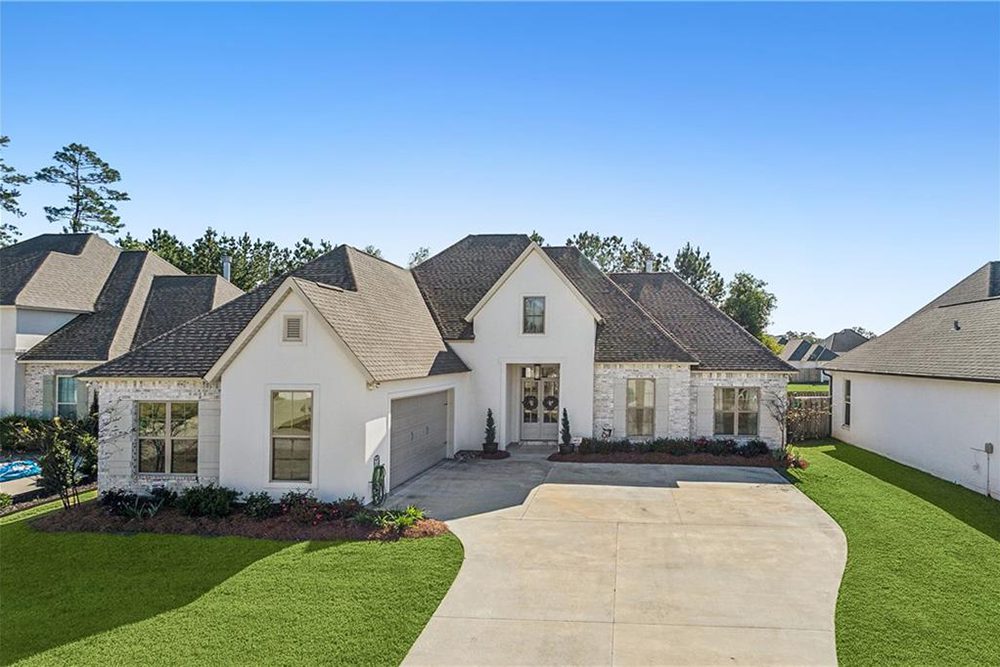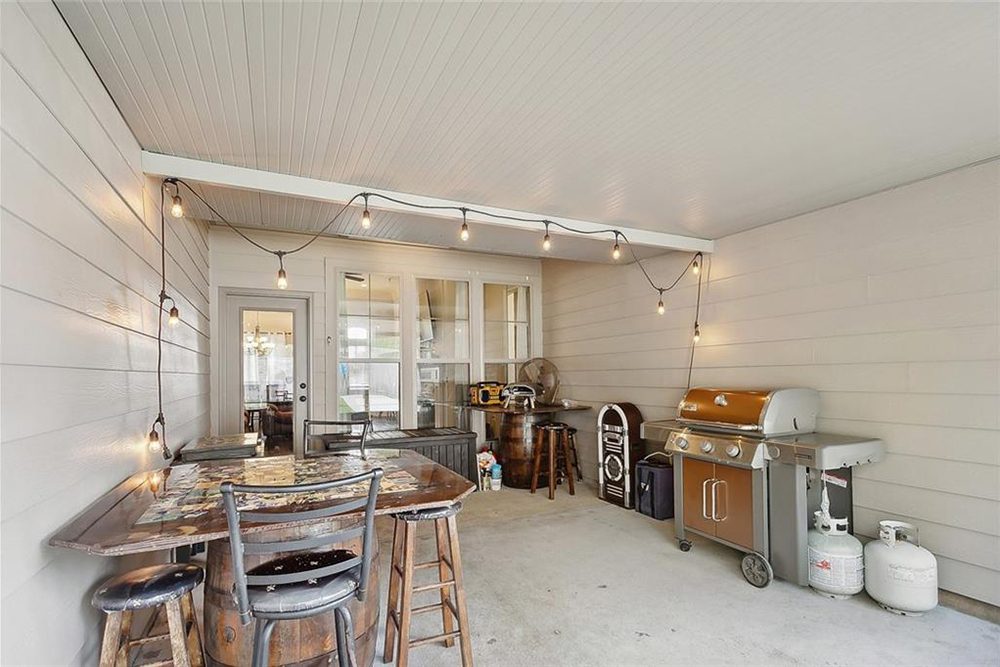What First-Time Buyers Need to Know About the True Cost of Homeownership
For many first-time homebuyers, the focus is on securing a mortgage and covering the down payment. However, beyond the purchase price, homeownership comes with a range of hidden costs that can quickly add up. Understanding these ongoing expenses is essential to ensuring financial stability after moving in.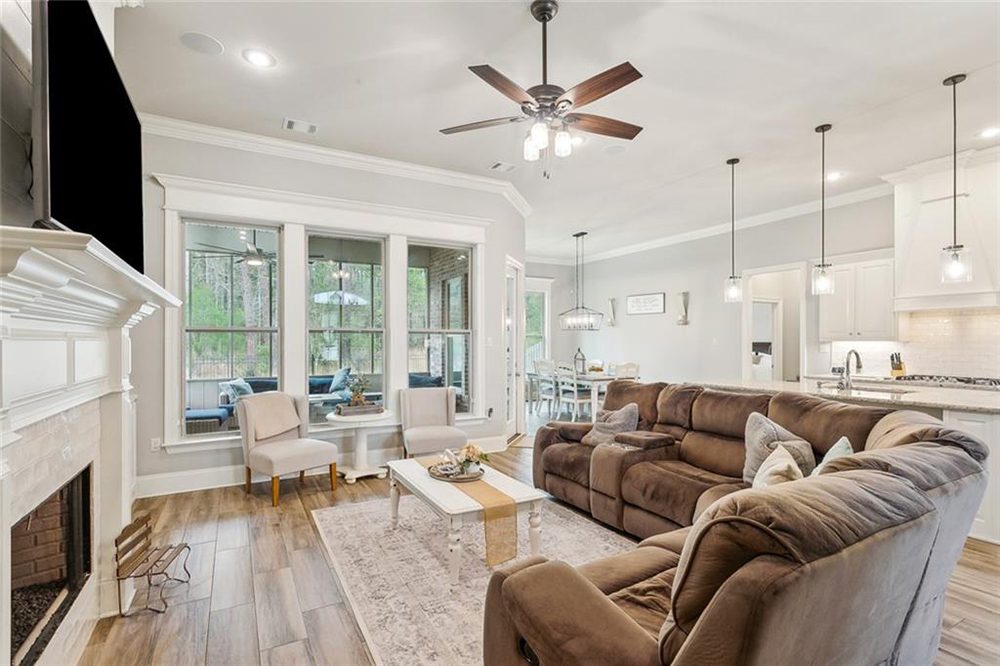
Beyond the Mortgage: The Ongoing Costs of Owning a Home
While a mortgage payment is the most obvious cost of homeownership, additional expenses such as property taxes, homeowners insurance, maintenance, and utilities can significantly impact a homeowner’s budget. According to a Bankrate study, the average hidden cost of homeownership in the U.S. is approximately $18,000 per year.
Some of these expenses are unavoidable, while others can be managed with careful financial planning. Homebuyers should take these costs into account before making a purchase to avoid unexpected financial strain.
Major Homeownership Expenses to Expect
Property Taxes
Property tax rates vary by location and are based on the assessed value of the home. For example, in Miami-Dade County, a home assessed at $300,000 would incur annual property taxes of around $2,900, or roughly $240 per month. Homebuyers should research their local tax rates and factor this expense into their monthly budget.
Homeowners Insurance
A mortgage lender will require homeowners insurance, which protects against damage from fires, floods, and other disasters. It also provides liability coverage in case someone is injured on the property. The average annual premium for homeowners insurance is approximately $2,270 for a policy with $300,000 in dwelling coverage, which equates to about $189 per month.
Maintenance and Repairs
Unlike renters, homeowners are responsible for all maintenance and repairs, which can be costly. Common expenses include:
- Roof repairs – Average cost of $1,150 for water damage or wear and tear
- Plumbing services – Costs range from $45 to $150 per hour
- HVAC maintenance – Annual service costs between $100 and $300
Additional expenses such as electrical repairs, mold remediation, and pest control can also arise unexpectedly, making an emergency fund a necessity.
HOA and Condo Fees
Homeowners in certain communities may be required to pay homeowners association (HOA) or condo fees, which cover maintenance, landscaping, and amenities such as pools or clubhouses. The average monthly HOA fee is around $200, but costs can vary significantly based on location and community features.
Utility Costs
Utilities, including electricity, gas, and water, are essential expenses that cannot be overlooked. The average U.S. household spends approximately $430 per month on utilities, according to Forbes. Some homeowners also include internet, phone, and streaming services in their monthly budget.
Landscaping and Exterior Upkeep
Homeowners must also maintain their property’s exterior. Landscaping costs can range from simple lawn care to more complex services like tree trimming, leaf removal, and drainage solutions. Professional landscaping services typically charge between $50 and $100 per hour, though homeowners can save money by handling some tasks themselves.
Financial Planning for Homeownership
Creating a Realistic Budget
A well-structured homeownership budget should account for all ongoing expenses, including mortgage payments, property taxes, insurance, utilities, and maintenance. One useful approach is the 50/30/20 budgeting rule, which recommends:
- 50% of income toward necessary expenses like housing and utilities
- 30% for discretionary spending on wants and non-essentials
- 20% toward savings, including an emergency fund
Building an Emergency Fund
Experts recommend setting aside three to six months’ worth of expenses in an emergency fund to cover unexpected repairs or financial setbacks. A high-yield savings account with automatic transfers can make it easier to build this fund over time.
How to Minimize Hidden Homeownership Costs
Homeowners can take steps to reduce ongoing expenses and avoid unnecessary financial burdens.
- Bundle insurance policies – Combining home and auto insurance can lead to discounts.
- Appeal property taxes – If the tax assessment seems too high, homeowners can file an appeal for reassessment.
- Learn basic DIY skills – Handling minor repairs and maintenance can significantly cut down on service costs.
- Avoid HOA fees – Purchasing a home outside of HOA-governed communities eliminates monthly dues.
- Consider a home warranty – A warranty can help cover unexpected repair costs for major home systems and appliances.
The Long-Term Impact of Homeownership Costs
Buying a home is one of the most significant financial decisions a person can make. While the hidden costs of homeownership may seem overwhelming, planning ahead and creating a financial cushion can make these expenses more manageable.
By being aware of these ongoing costs and preparing accordingly, homeowners can protect their investment and enjoy long-term financial stability.

